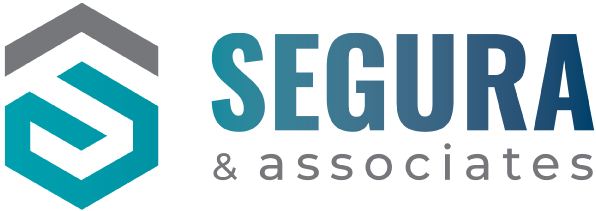I know lots of cleaning contractors use workloading or workloading principals when responding to requests for proposals (RFPs). Further, many are now selecting new software programs, some of which can make the entire process much easier. However, prior to considering what type of software is needed for your organization, here are some things to consider:
Measure Worker Productivity
Every cleaning contractor must know the productivity rates of their people. To do this, select one or more experienced janitors, and determine how many square feet of space these workers can clean per hour. This then becomes your company’s productivity rate. For instance, a workloading process may suggest that one worker can clean 4,000 square feet per hour. However, your own analysis with your own people finds that your janitors can clean 5,000 square feet per hour. If you can pick up one extra hour per night per custodial worker, that can have a significant impact on your bid, making it much more cost-competitive.
Learn from Your Staff
If those janitors can comfortably clean 5,000 square feet in one hour, meet all required specifications as well as customer satisfaction, analyze their routine. See what they are doing that your other custodial workers may need to be taught. How these janitors accomplish this should become the standard for how you want all your cleaning workers to perform their cleaning tasks.
Shrink the Building
Responding to an RFP, the manager says the building has 100,000 square feet. But does that mean all 100,000 square feet must be cleaned every visit?
Rarely. It is crucial that you shrink the building. If the manager has a floor plan, this makes it easier to determine what must be cleaned and what does not need to be cleaned. If not, you may have to walk the facility, counting ceiling tiles – they are typically one square foot each – or use a laser measuring tool. Further, note how the facility is laid out. If there are large open work areas, these areas tend to be cleaned faster than individual offices, which once again can impact worker productivity… and your bid.
Know Your Equipment
I worked with one contractor that did not realize if his staff used a different type of vacuum cleaner, their productivity could be increased measurably. The types of equipment used to clean a facility are crucial, not only in how they can impact worker productivity, but worker safety, ergonomics, and a host of other variables. Remember, in the contract cleaning business, your staff comes first; the equipment you provide them comes second.
Know your Building Niche
There’s an old expression, there’s “riches in niches.” For cleaning contractors, this often means they specialize in certain types of buildings, sized buildings, or facilities used for specific purposes, such as health care. Because it’s their niche, it becomes their specialty. They know how to clean these facilities more effectively using certain methods, products, and processes. This can impact their costs, and once again, help them submit more cost-effective bids. I’ve never seen a workloading program that considers a cleaning contractor’s niches, or many of the items discussed here. Keep these points in mind the next time you bid on a facility.
Ron Segura helps cleaning contractors grow. He has over 50 years of experience in all segments of the professional cleaning industry including ten years as Manager of Janitorial Operations for Walt Disney Pictures and Television. To contact him, call 650-315-8933.

